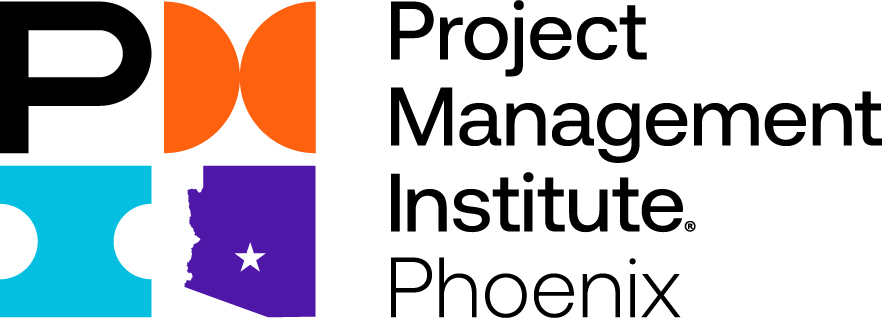It's mid-July, and the monsoon has arrived in the Valley, bringing change in our typical weather pattern.
The chapter is also looking forward to changing in the next election. In addition to new board members, we are proposing a change to the chapter by-laws.
This proposed by-law change affects the board structure explicitly. The proposed by-laws will change our current rigid 12-person board structure with defined roles to a more flexible 7 to 11 board members with no specific role assigned. The board will determine each board member's responsibilities based on their skill set and bandwidth for the job. The new by-laws allow the board to adapt quickly to the changing needs of the chapter.
Keep an eye out for your Ballot, which will is emailed to members on August 1st.
We have had an intentionally quiet July with pandemic restrictions lifted the Suns in the playoffs and many members taking a long overdue vacation. Many members (and Volunteers) travel in July, and we have noted that from the activity of the past few years. We have many significant events coming up in the next few months. Notably, we are partnering with ASU for their ASU PM Summit put on by the ASU PM Network. It has been a great collaboration so far, and we are looking forward to the event.
Randy Black, the immediate past chair on the PMI Board of Directors, will be the closing keynote speaker. I hope you can attend this virtual event that is free for our members.
Additionally, we are partnering with Agile Arizona again this year with their event that will be offered in November. There will be an announcement soon on dates, so keep a lookout for that addition to the calendar.
All this information is distributed in our weekly newsletter. If you don't get our newsletter currently and would like to sign up for it you can do so on the chapter website's front page.
If you have any questions or have suggestions for chapter value enhancement, please contact me at
Thank you for your membership.
Sincerely and Respectfully,
